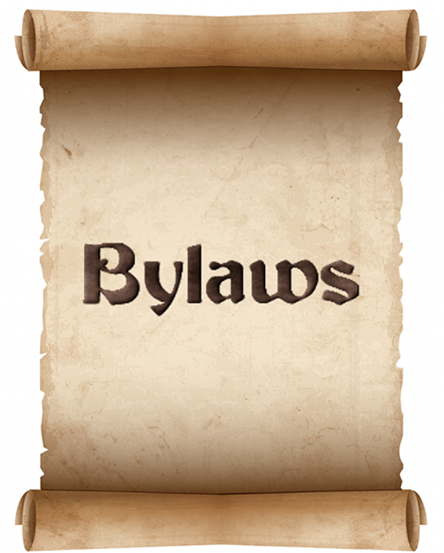Corporate Instruments
We noticed that some business owners were not always aware of all the corporate instruments at their disposal and why they are there. So, we listed and summarized them below:
The corporate binder holds the corporate records book, which is the place to keep important corporate papers all in one place, including Articles of Incorporation, Bylaws, meeting minutes, resolutions, licenses, stock certificate ledger, stock certificates, stock certificate stubs, stock transfer documents, as well as the corporate seal.
The corporate seal is a tool used to stamp or emboss the company's important documents in order to show the document is certified by, and agreed upon by, the Board of Directors of the company. The company seal contains the company's name, its year of incorporation and the state in which the company was filed.
All corporations should maintain a complete and up-to-date corporate minute book. This book contains all of the important records of the corporation relating to directors, shareholders, officers and major corporate decisions.
A corporate statute is an act of a corporation or of its founder, intended to be a permanent rule, like a law.

Corporate records are such records that are required by a corporation to show that it is functioning according to the rules of the Nation’s Government Tax Service, including past and current accounting and financial information. It is beneficial for management as well.
Meeting minutes are typically taken by the organization's secretary, and need to be signed by the individual who took the minutes of the meeting. Once signed, the minutes become a legal binding copy, to be systematically recorded in the corporate books.
When incorporating, the articles of incorporation is the first basic document. The bylaws and the amendments of the articles of incorporation adopted by the corporation are integral to the proper running of a corporation.
In the process of creating a corporation, the company files Articles of Incorporation with the state in which it wants to do business. They are formation documents and contain only a few pieces of basic information about the company as needed to be registered with the state.
After the company is formed, its board of directors is established. This board decides on bylaws to help direct its operations over the life of the corporation. One of the most important duties of a board, as described in the bylaws, is to enact resolutions. These resolutions are decisions made by the board. These decisions must be in a specific format and must be recorded in board meeting minutes.
Corporate bylaws are the rules that direct the operation of a corporation, established by the board of directors during the process of starting a corporation, called incorporation. One of the first tasks of the new corporation is to have corporate bylaws formed, approved and adopted.
Corporate bylaws are written by the owners of the corporation or by the person in charge of setting up the corporation, called an incorporator, or by the board of directors, with the help of an attorney.
The bylaws of a for-profit corporation do not need to be filed with the state, and should be kept with the corporate records.

The bylaws should include: